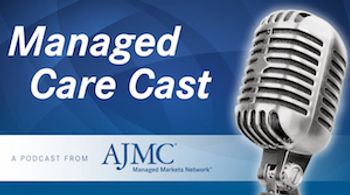
In 2014, Maryland and CMS entered a 5-year agreement employing the All-Payer Hospital Model in the state to cut costs while improving quality. According to the year 3 performance data, Maryland has met or is on track to meet all model requirements, saving hundreds of millions of dollars as it lowers hospital readmissions and steers the state away from a volume-based system.






















































